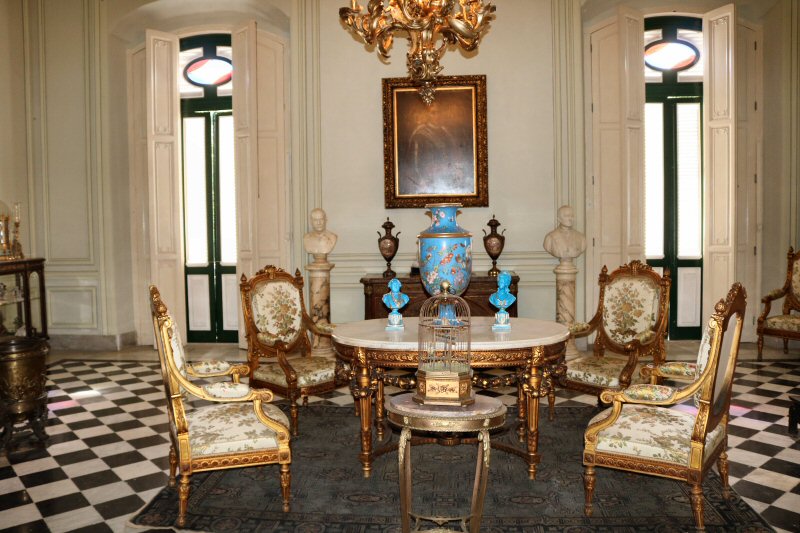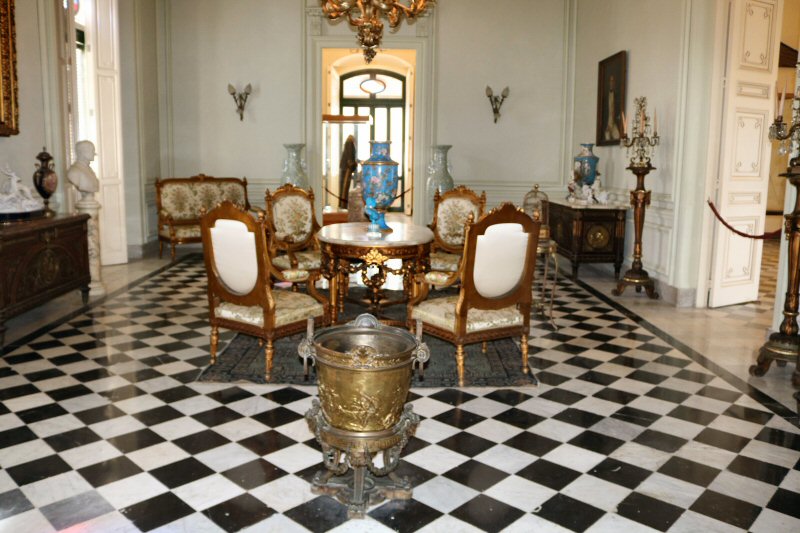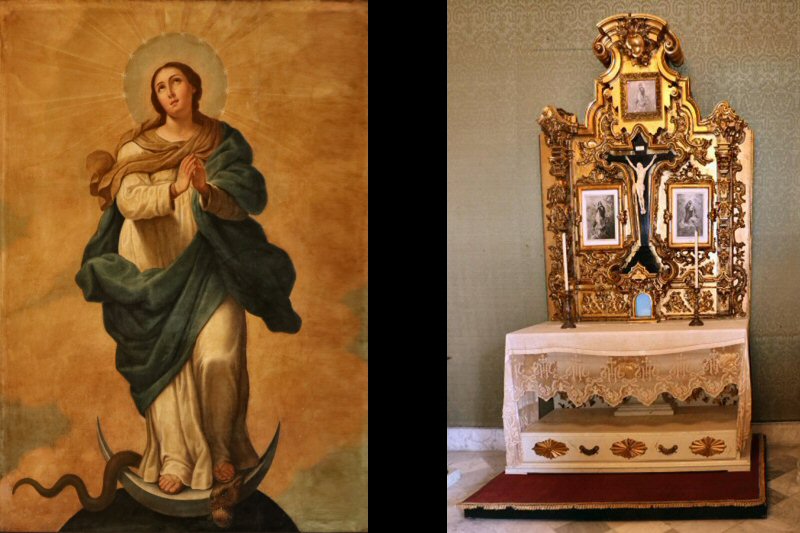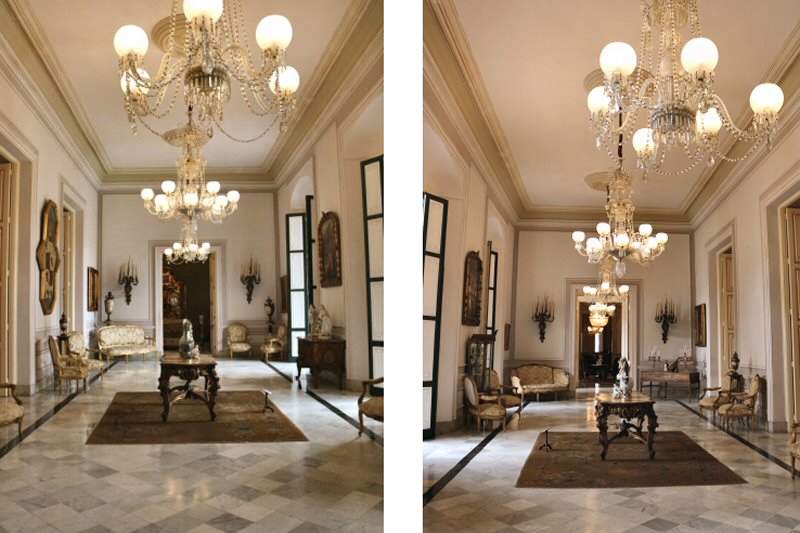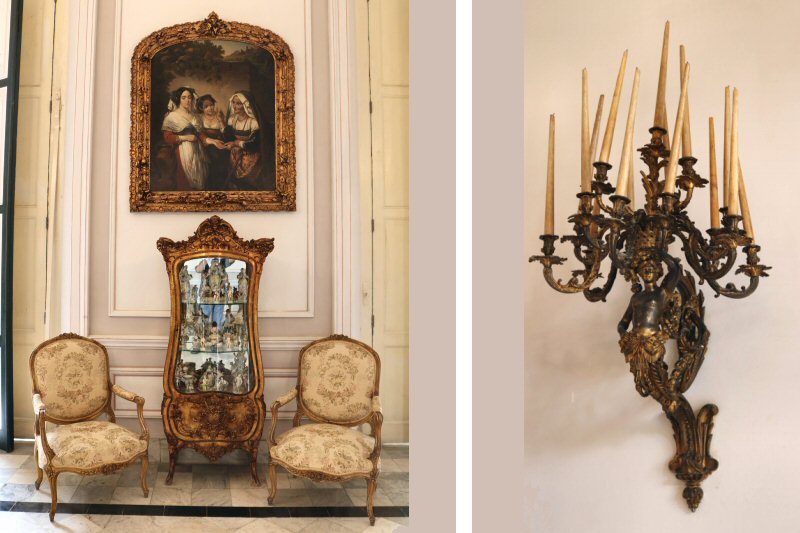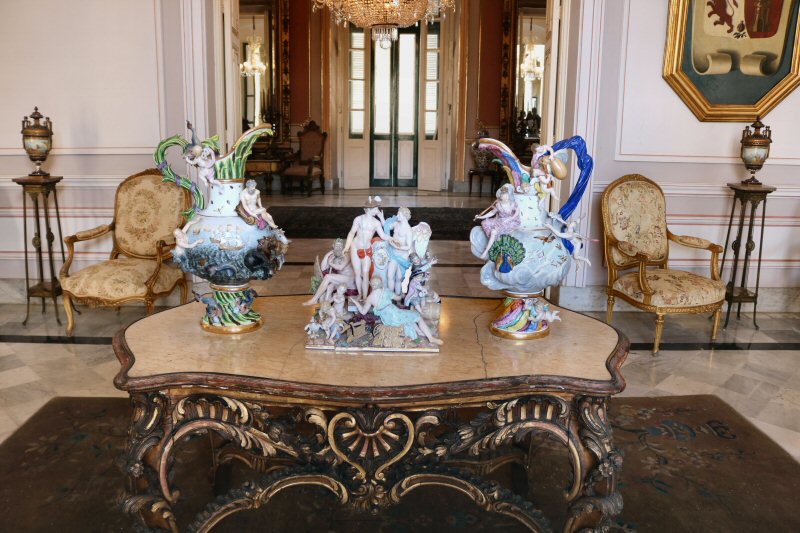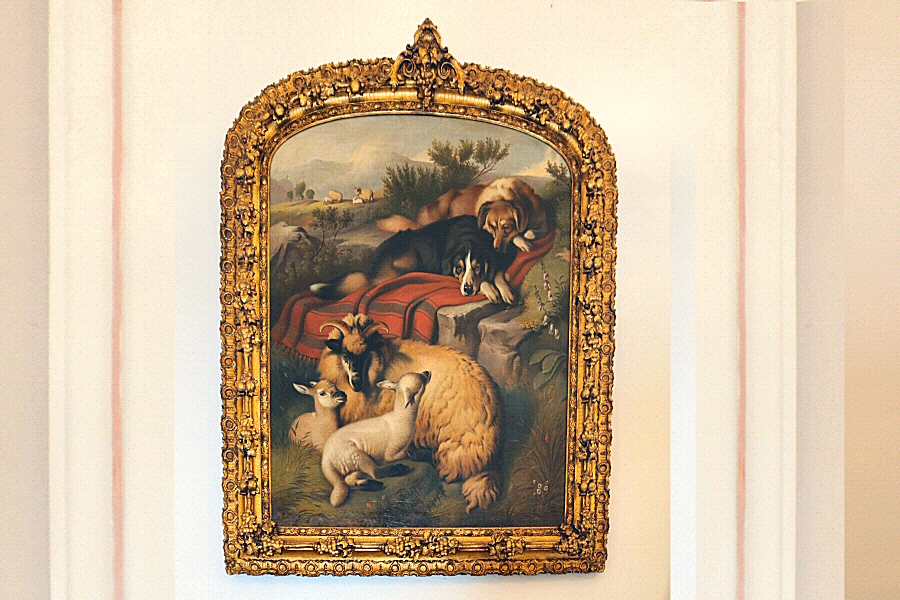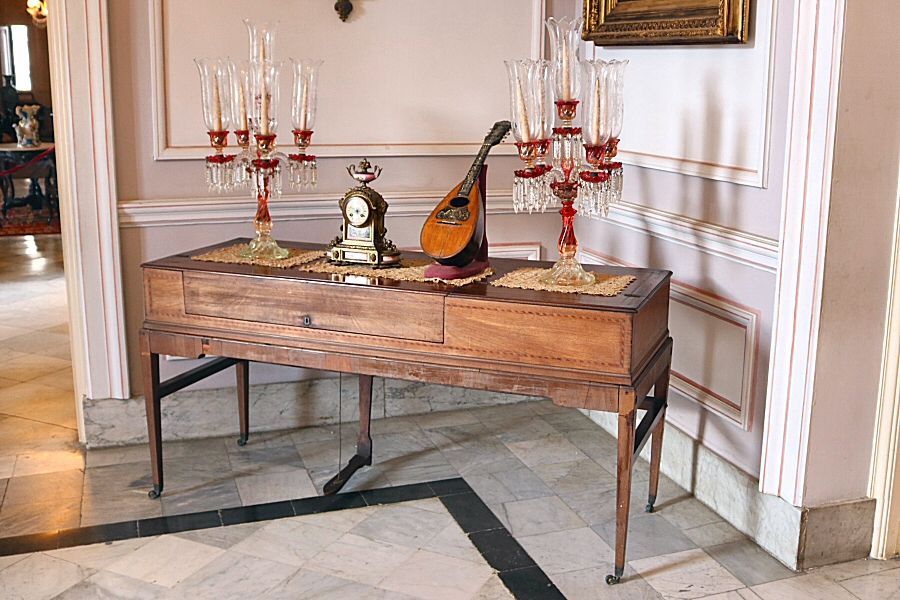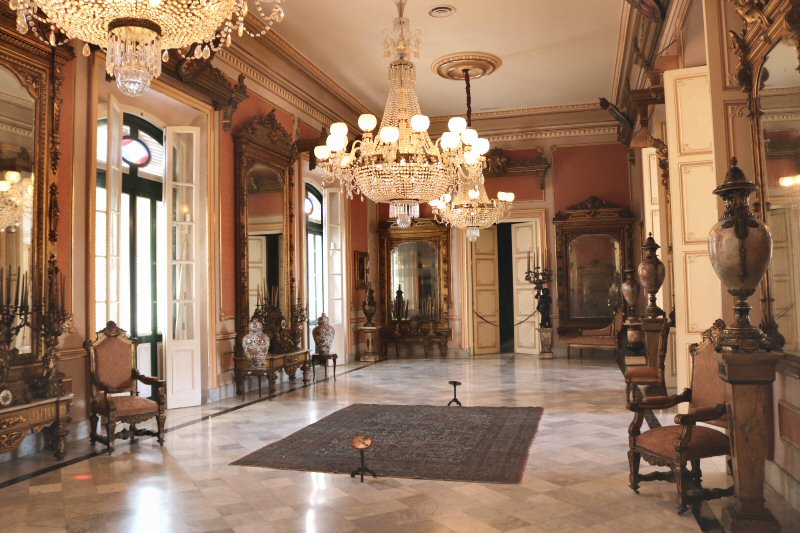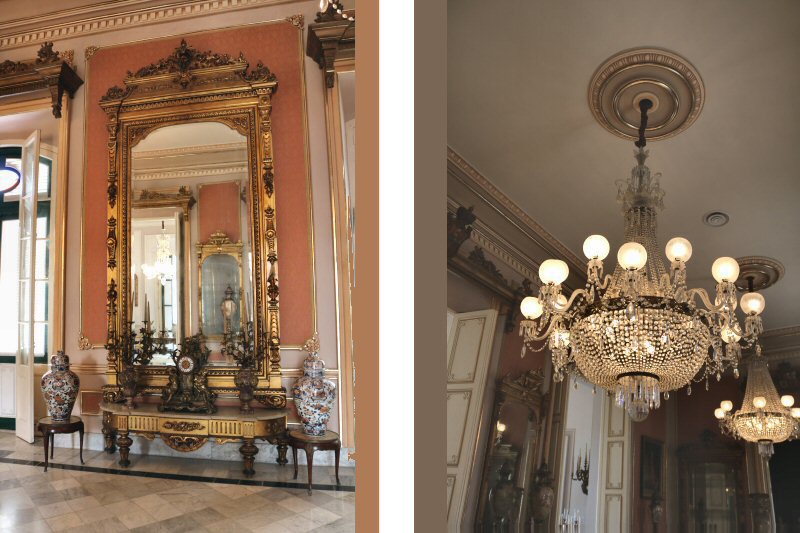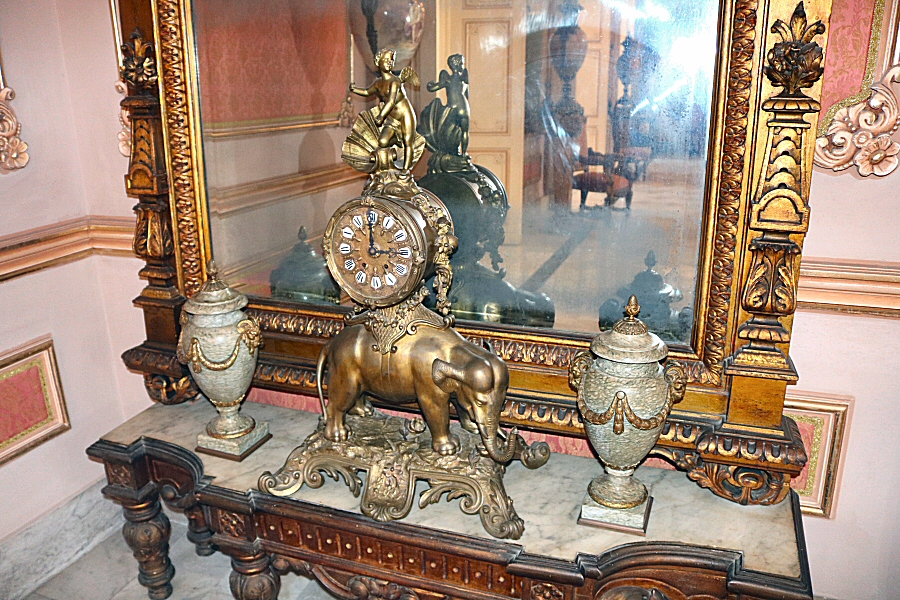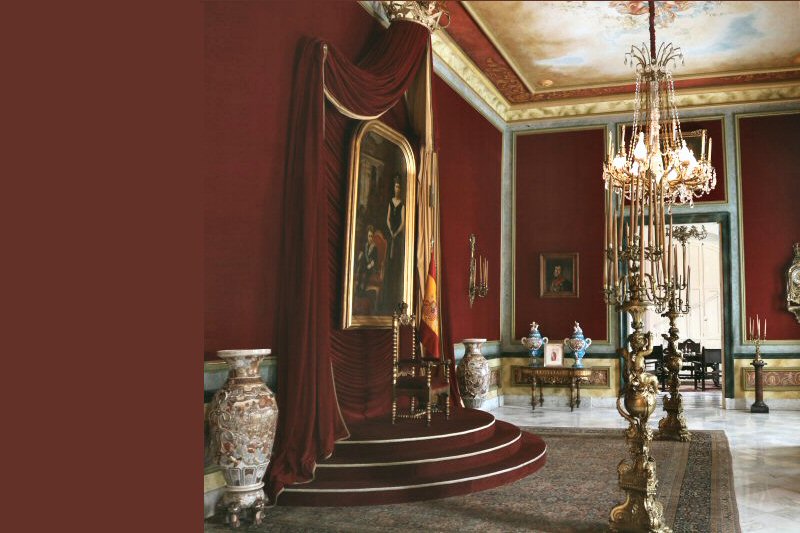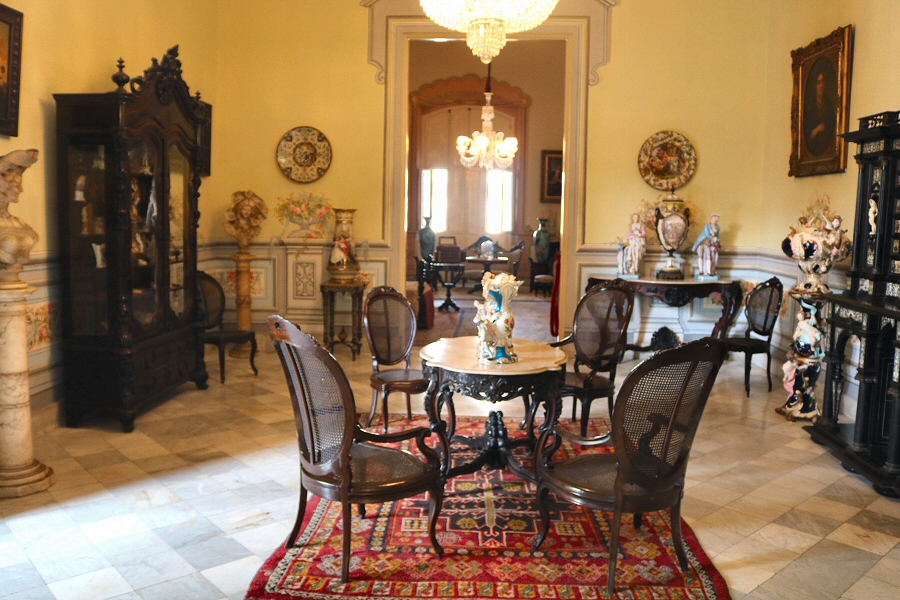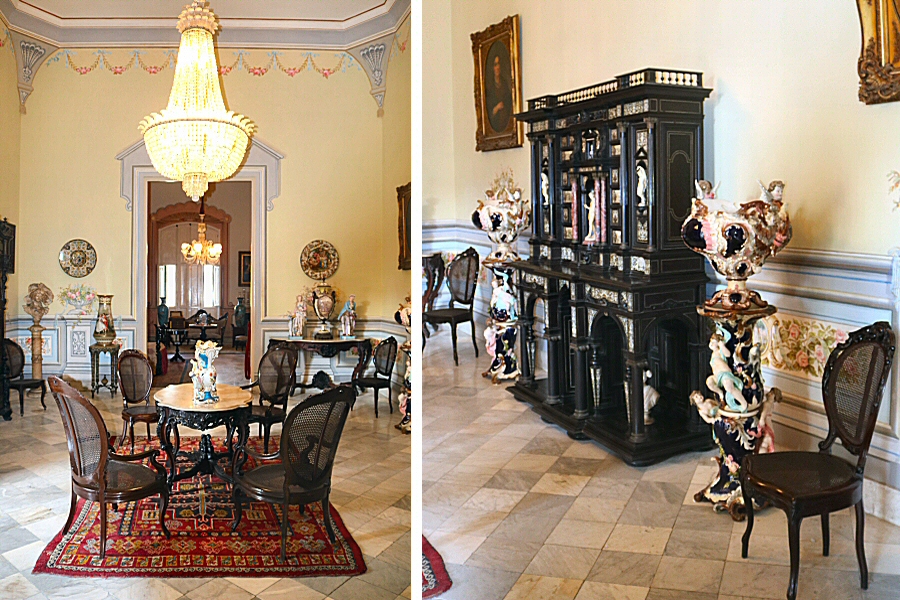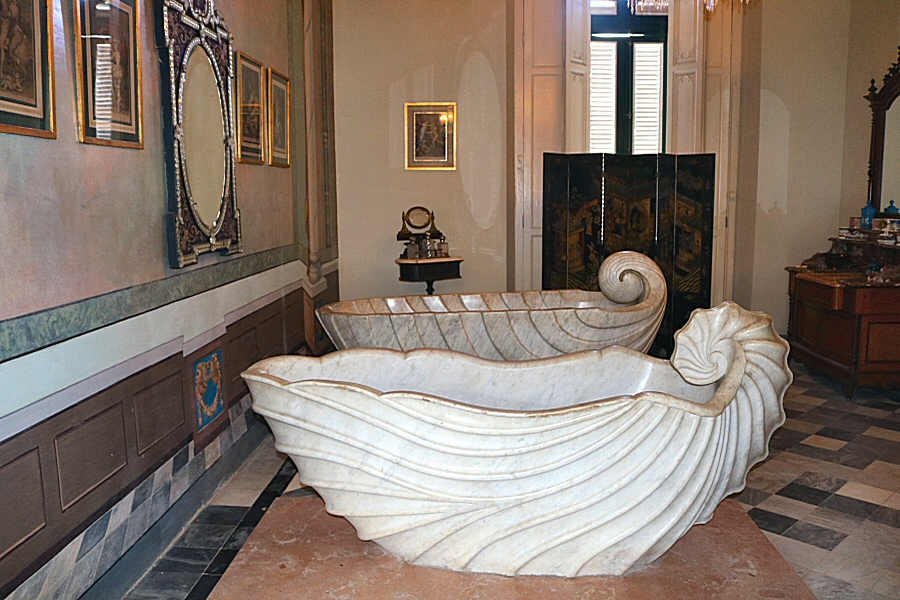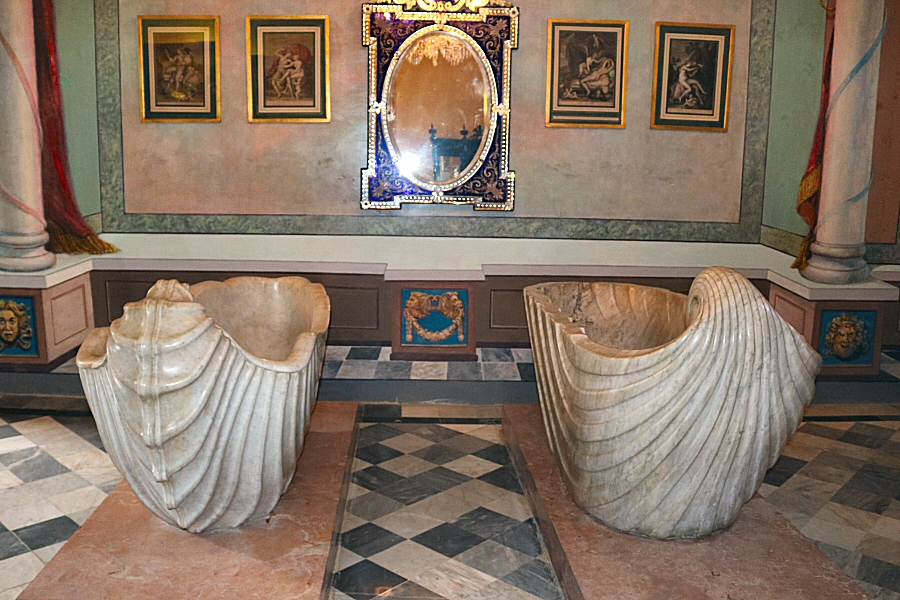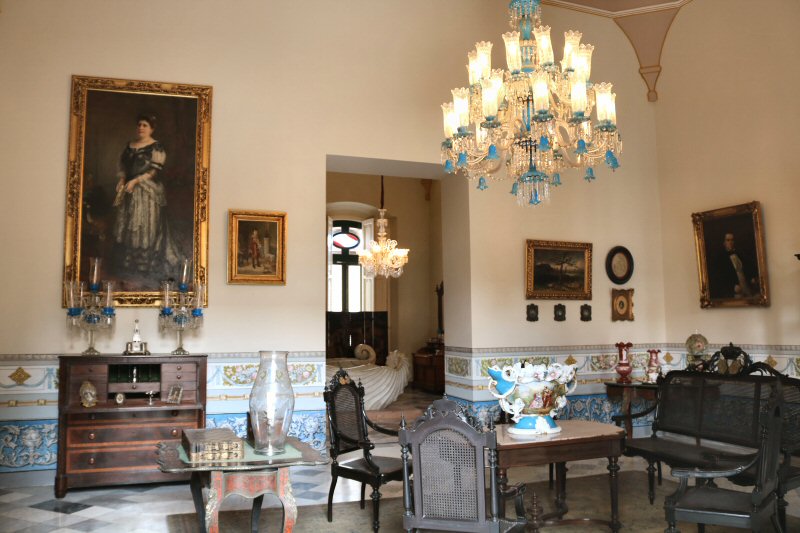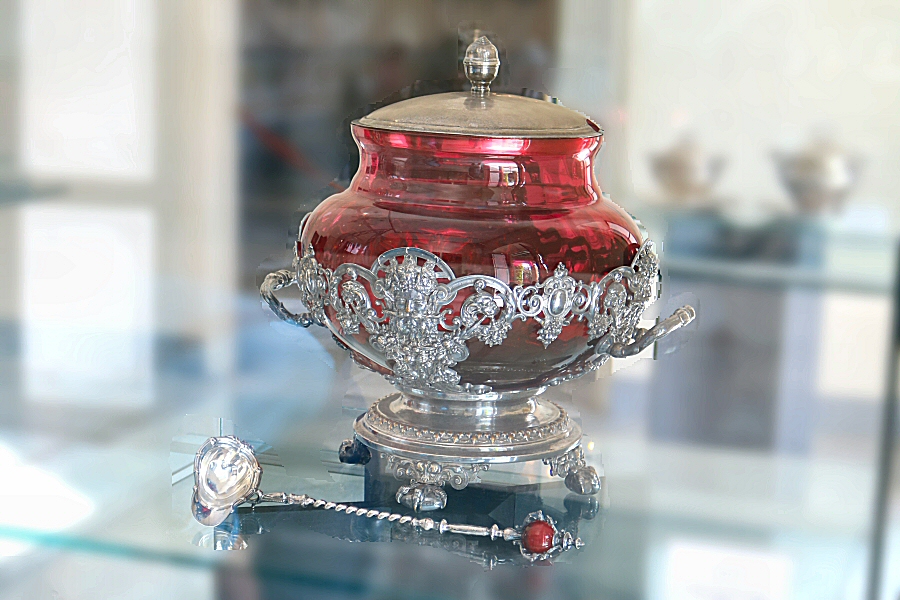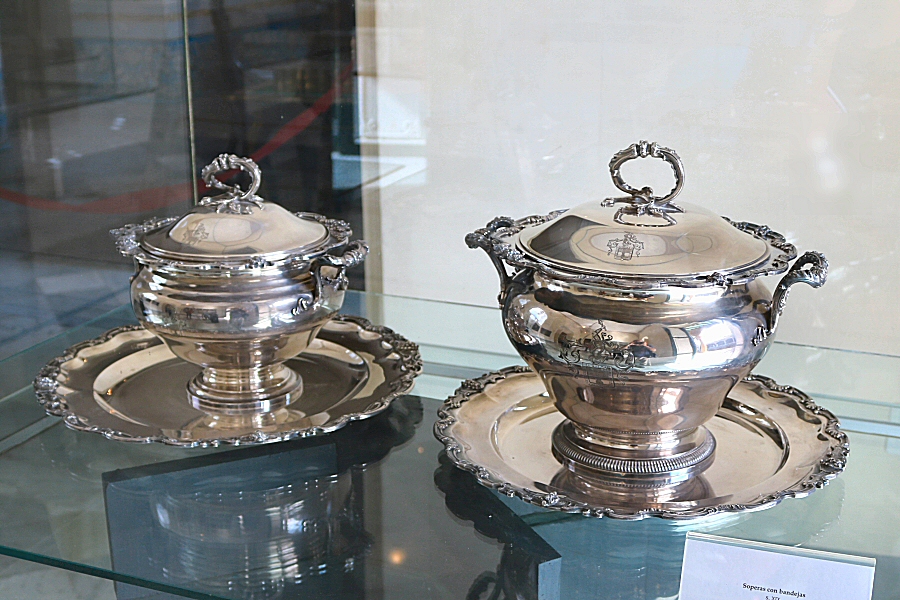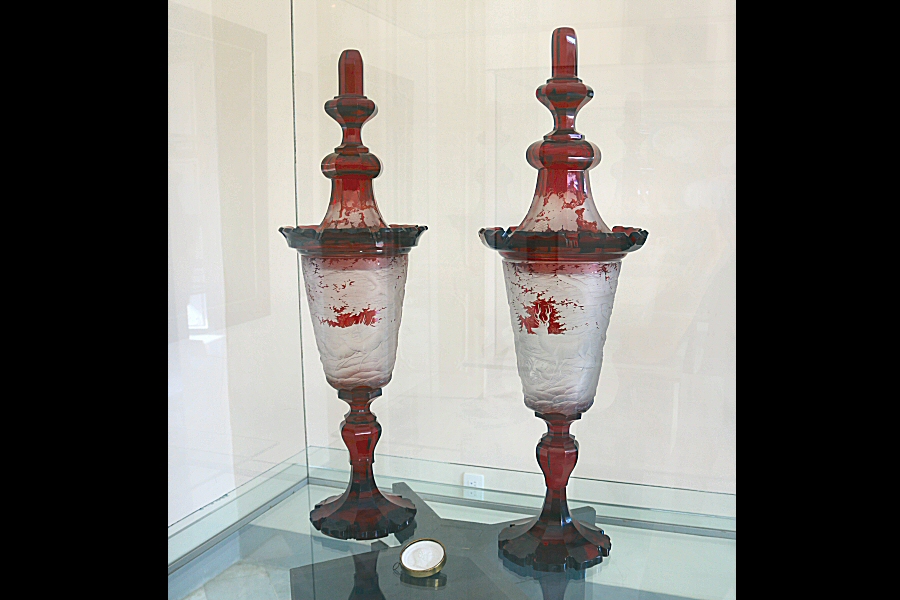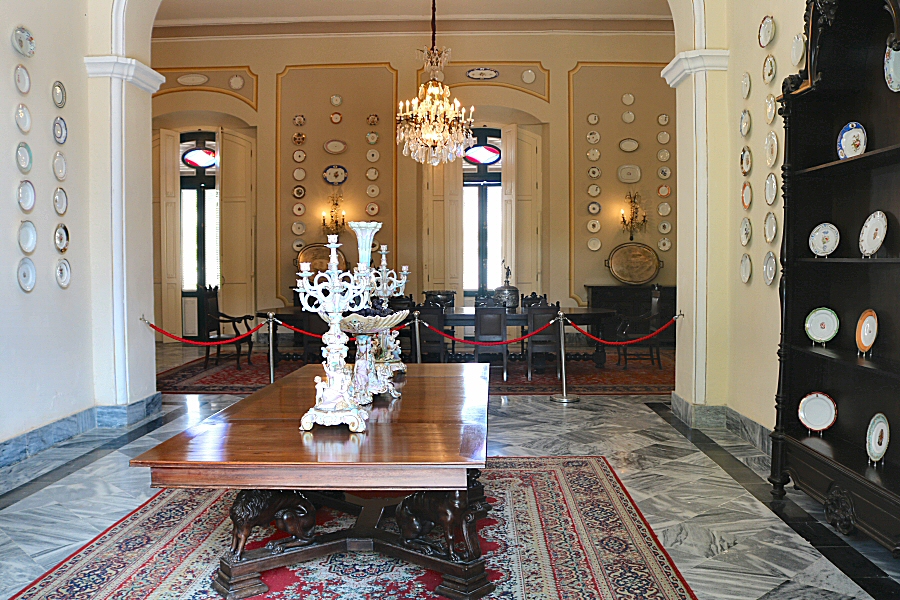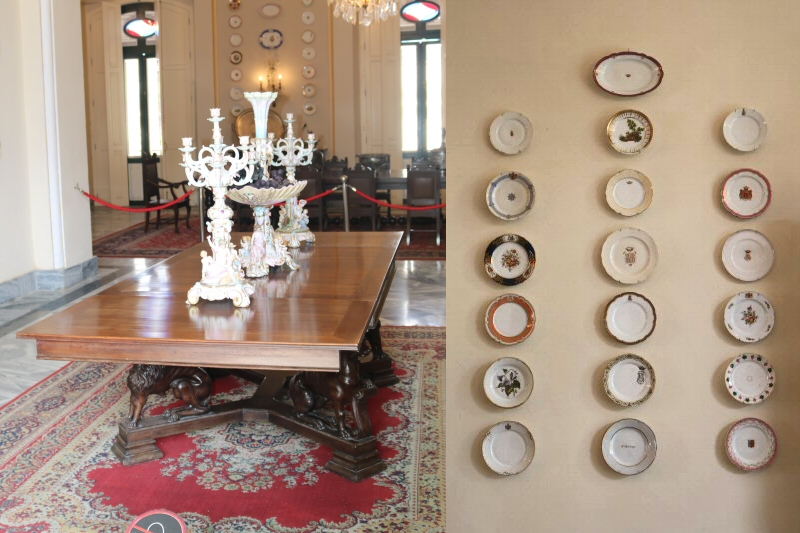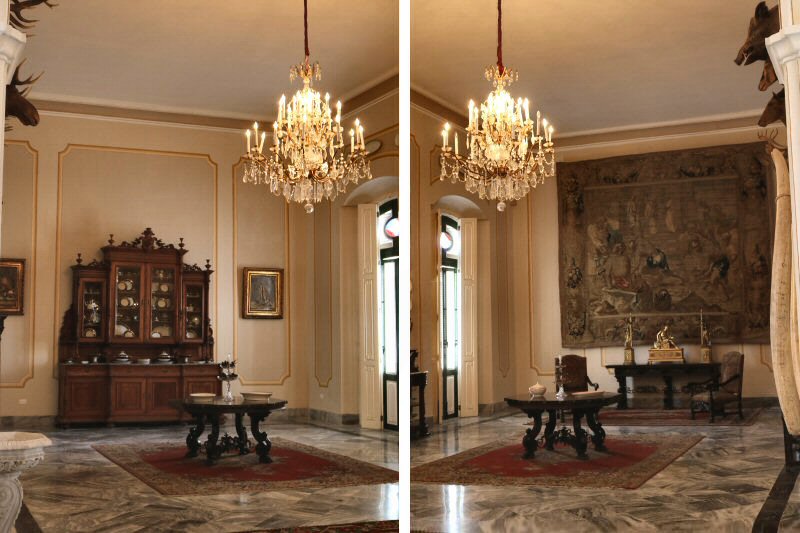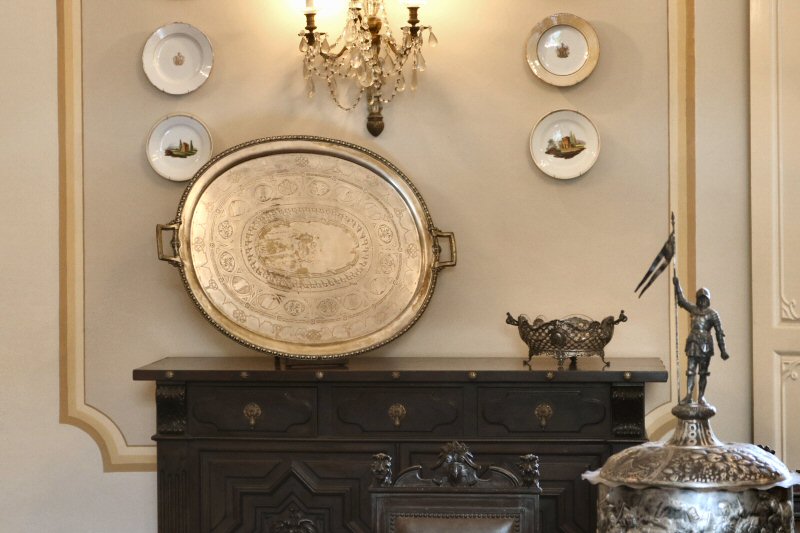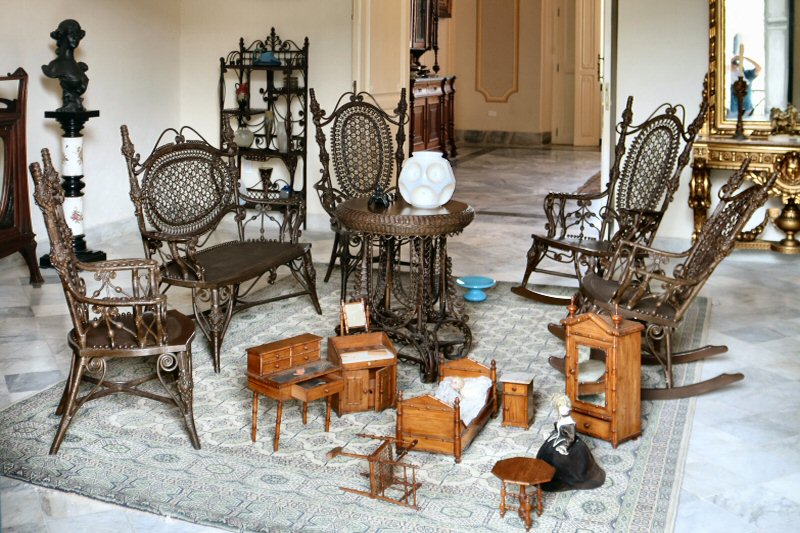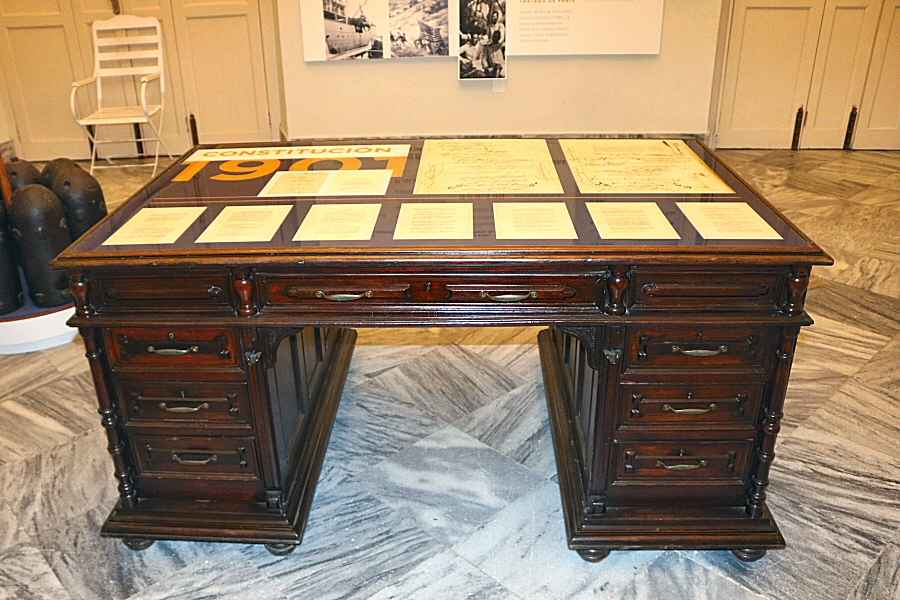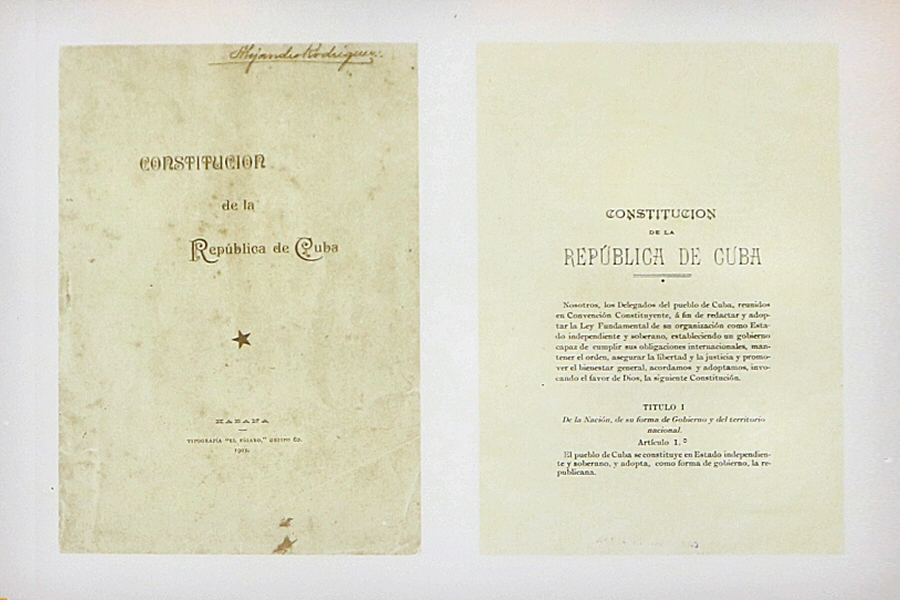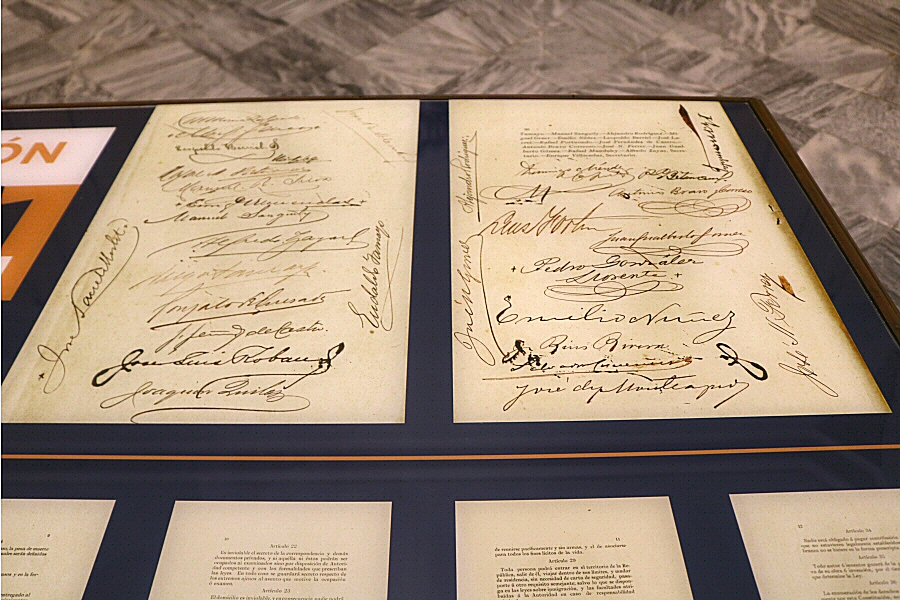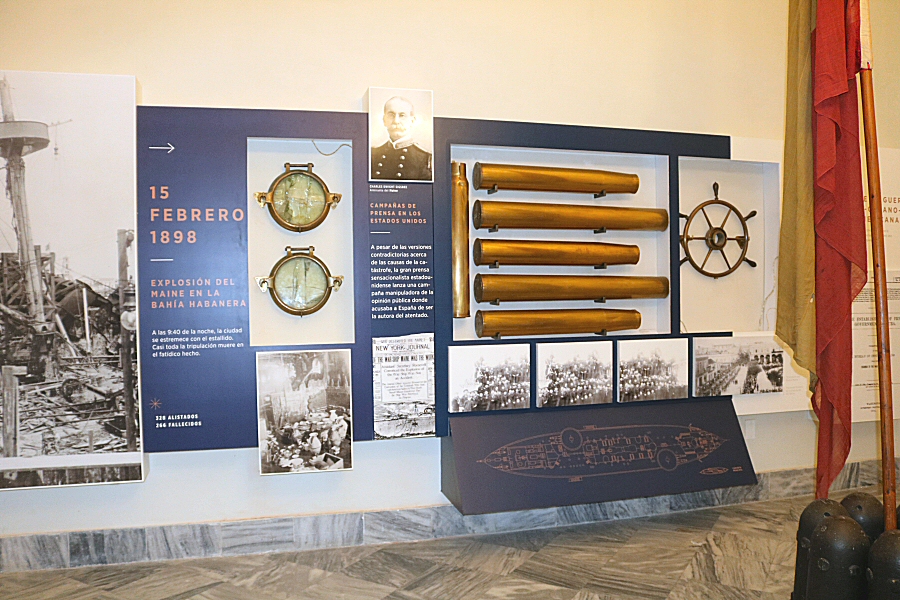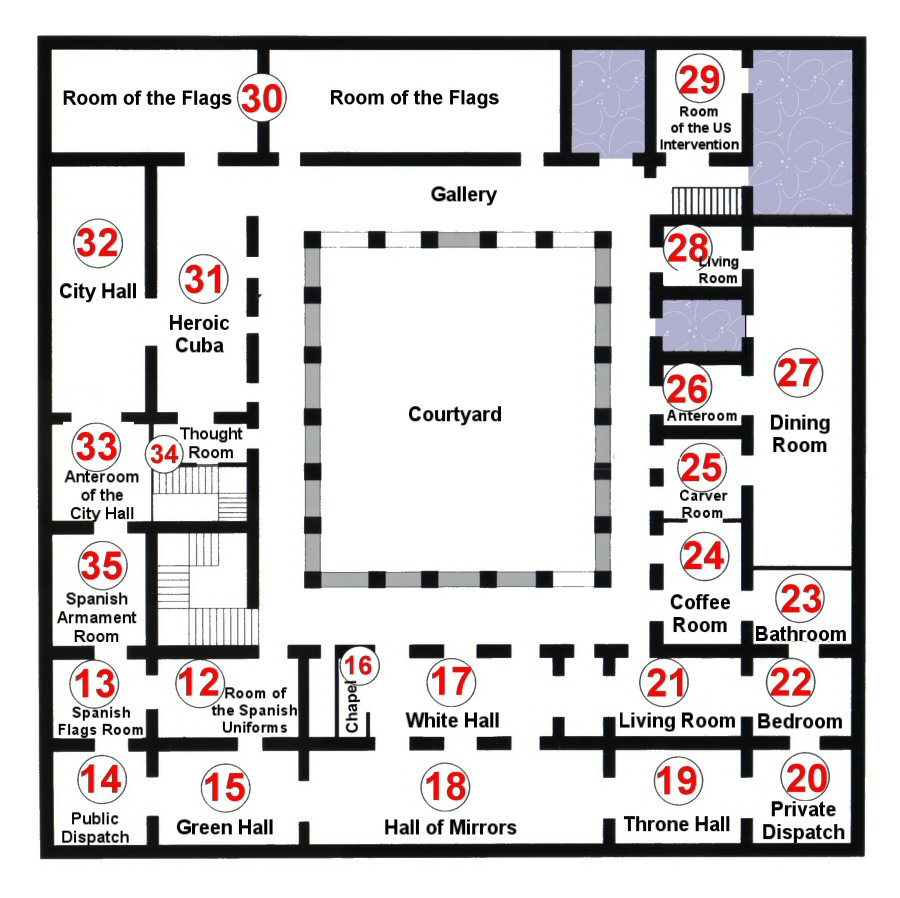

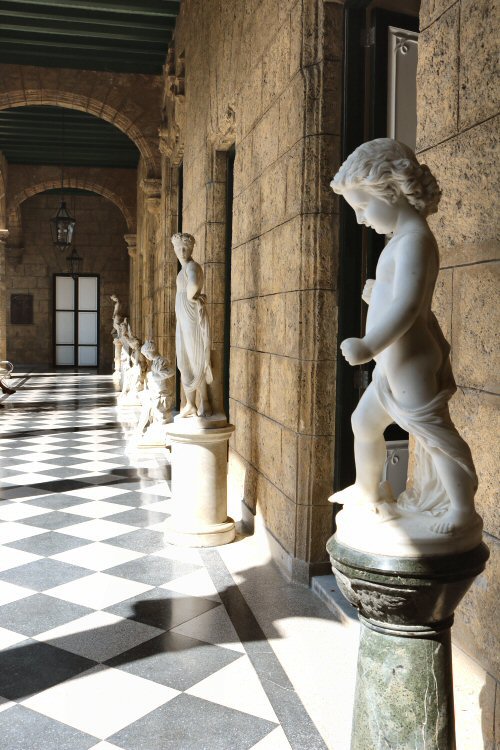 THE
UPPER FLOOR - THE NORTH PART
THE
UPPER FLOOR - THE NORTH PART
The upper floor has about 25 exhibition rooms, preserved with much of the original furniture and decoration that give the whole building an exquisite atmosphere. Moreover, this floor witnessed the history of a nation, being occupied by the office of some illustrious personalities, such as Alejandro de Humboldt and Antonio Maceo Grajales.
The upper gallery is interesting as much as the interior of the rooms on the upper floor, as it contains many marble sculptures from different spots of Havana. Some of the sculptures belong to the courtyard of the residence of the Loynaz family, where Dulce María Loynaz wrote her famous novel Jardin (Garden).
There are also the
busts of some prestigious personalities, such as José Martí,
Simon Bólívar,
Bartolomé Masó Y
Márquez,
José Guillermo Moncada,
Calixto García Iñiguez,
Salvador Cisneros Betancourt,
Carlos Manuel de Céspedes,
Antonio Maceo Grajales,
Máximo Gómez, and Francisco Carrillo. The members of several
Asamblea Constituyentes (Constituent Assembly), like in
Guáimaro (1869), Jimaguayú (1895), Yaya (1897), Santa Cruz
del Sur (1898-1899), are listed on metallic shields, hung on
the walls.
The first two rooms at the right side
of the staircase are reserved for the Spanish banners, flags and
uniforms. In the Sala de Uniformes Españoles (Room of the
Spanish Uniforms) some uniforms of different Spanish officers
along with their sabers, walking sticks, medallions, hats etc.
are exhibited in showcases. The uniform of Ramón Herrera
Sancibrián, colonel of the volunteer corps, that put pressure on
the governor to impose the death penalty of the eight medical
students that would be shot in 1871, is one of these uniforms.
Additionally, the uniform of the Spanish Admiral Juan de la Cruz
Garcia Carbonell, Commandant of the Apostadero (naval station)
of Havana, his walking stick made of wood and tortoise shell,
his saber and his bicorn (a two-cornered cocked hat) from the
second half of the 19th century, are exhibited in the same room
In the
Sala de Banderas Españoles (Room
of the Spanish Banners and Flags) several pennants and banners
of the colonial time can be seen. The lances with flags that
were used by the Spanish against the machetes of the Cuban
rebels to prevent their passage, a shield representing the
Bourbon dynasty and three Spanish flags used in combat, are the
main pieces of the exhibition room.
The room at the corner, called as the
Despacho Publico (Public Dispatch), is remembered as the site
where some distinguished personalities took office, like the
German scholar Alejandro de Humboldt and the General of the
Liberatodar Army Antonio Maceo Grajeles. The first telegraphic
equipment can be seen in a display case. There are also some
documents, issued by the Spanish Crown and the captain generals
of the island, among which the government order of Valeriano
Weyler about the concentration of the native Cubans in camps in
1896, stands out.
In the room next to the Sala de
Uniformes Españoles, named the
Salón Verde (Green
Hall; also known as the Salón Dorado (Golden Hall)), was used by the governor to receive
his guests. The visitor will see the wooden sitting room
furniture, consisting of four baroque style armchairs, on a
checkered marble floor. The blue porcelain vase on the round
marble coffee table is another nice detail.
Next to the Salón Verde you will arrive
in the chapel (La Capilla).
The next room, the
Salón Blanco
(White Hall), differs
from the other rooms by the elegant wall sconces in the shape of
candelabrum. The floor is laid down with light grey marble in
harmony with the pastel color of the walls. It is decorated with
Louis XV and Louis XVI furniture. Two beautiful 18th century
Meissen porcelain vases in the room are among the most valuable
pieces of the museum. It was used as the anteroom of the Salón
de los Espejos to receive guests on holidays, selected among the
Spanish and Creole elites, and as the space for musical
auditions. One string instrument is exhibited on an antique
piano at one corner of the room.
The
Salón de los Espejos (Hall of
Mirrors) can be accessed through the Salón Blanco (White Hall).
Exceptional huge Venetian mirrors at the walls and the
ostentatious crystal chandeliers on the ceiling are the main
characteristics of this room. Antique table clock watches,
candelabrums and porcelain Chinese vases are adorning hall. In
contrast to the former rooms decorated in pastel colors, the
walls of the Salón de los Espejos are painted in red.
Illustrious people that visited Cuba in
the 19th century, were received by the governor in this hall
that was also known as Salón del Besamanos. Besamanos is a
public act in which the hand of the king or queen is kissed. It
was a space where the Havana society paid homage to the
governor. It was also a place where some important events took
place, such as the transfer of powers from the Spanish
administration to the US in 1899 (the end of the Spanish rule),
the announcement of the neo-colonial Republic in 1902 and the
funereal ceremonies of Máximo Gómez and Salvador Cisneros
Betancourt.
The Salón de los Espejos opens to the
Salón del Trono (Throne Hall) that was prepared for the visit of
the King of Spain, but such an event never happened, neither
during the colonial time nor later. In 1999 the Spanish King
Juan Carlos I visited Cuba on the occasion of the VII. Ibero-American
Summit. It was the first time that a Spanish sovereign arrived
officially in Cuba. When the Spanish King Juan Carlos I toured
the Palacio de los Capitanes Generales, he declined to take a
seat on the throne, dating from 1791. Although a Spanish monarch
never sat in this room, the flag of Spain stands here since
March 2018.
The room with dark-red, satin-lined
walls, was built in the style of the Palacio de Oriente in
Madrid. Magnificent candelabrums with decorative pedestals are
placed in front of the throne. The portrait behind the throne
belongs to the Spanish Queen Isabel II, painted by the Spanish
painter Federico de Madrazo y Kuntz, and the portrait at the
wall belongs to the Spanish King Fernando (Ferdinand) IIV. Some
porcelain that belonged to the Russian Tsarina Catherina the
Great (or Catherina II) is exhibited in the room. The adjacent
room, the Despacho Privado (Private Office) was also prepared
for the Spanish King.
In the
Sala Ambientada (Living Room)
the most striking feature is the frescoes at the walls,
surrounding the room.
Among the most important pieces of
this private part are the medallion furniture from the
Elizabethan period, designed by John Henry Belter, and the two
French vases made with the cloisonné technique, as well as two
landscape oil paintings, one by the Spanish painter José María Romero and the
other by Esteban Chartrand, the Cuban landscape painter.
The Sala Dormiterio (Bedroom) was used as the bedroom by the wife of the general captain. In 1893, Infanta Eulalia de Borbón visited Havana, and during her seven-day stay she occupied this room. The Havana aristocracy entertained her with parties and gifts, some exhibited even in this room.
In the
Sala de Baño (Bathroom) the
Italian Carrera marble bathtubs in the form of nautilus shell or
gondola are real treasures. The room was decorated similar to
the other rooms. It can be accessed directly from the Sala del
Café and there is not any door in between.
The
Sala del Café
(Coffee Room) is one of the vivid
places of the palace. A nice set of coffee room, consisting of
armchairs with lattice back, stands out. The wall reliefs and
the works of foreign painters of the 19th century, such as
Victor Patricio de Landaluze, Francis Mejasky, Valentin Sanz
Carta and Henry Cleenewerck are adorning the walls. A backgammon
box is another interesting detail.
The
Trinchante (Carver Room) is a small
room that contains luxurious tableware and the portraits of the
Ximeno family, made by the American painter Elias Metcalf.
Several dinner tables with different
motives, but in majority the same size, are enriching the walls
of the Antesala Comedor (Anteroom of the Dining Room). A wooden
table is placed in the middle of the room with ceramic
candelabrums on it.
The
Comedor (Dining Room) is a rather
impressive space. It was the place where large banquets were
given to celebrate some political events. It witnessed also many
receptions and parties sponsored by the general captain himself.
The walls are decorated with different dinner tables, like in
the anteroom, that belonged to more than one hundred Cuban
families. Interesting tapestries from the 17th and 18th century,
are adorning the walls. A long-oval dinner table, made of wood,
stands on a well-preserved carpet that covers half of the hall.
The silver copper alloy trays give an idea about the magnitude
of the celebrations of the time.
The Art Nouveau furniture from the late
19th century, stands out in the second
Sala Ambientada (Living
Room II). The miniature
furniture, used as toys, bring a smile to the visitor’s lips.
The
Sala de Intervención Norteamericana
(Room of the North American Intervention) was used by John
Brooke, the American military Governor appointed for Cuba, after
the Spanish authorities handed over the power to him in 1899.
